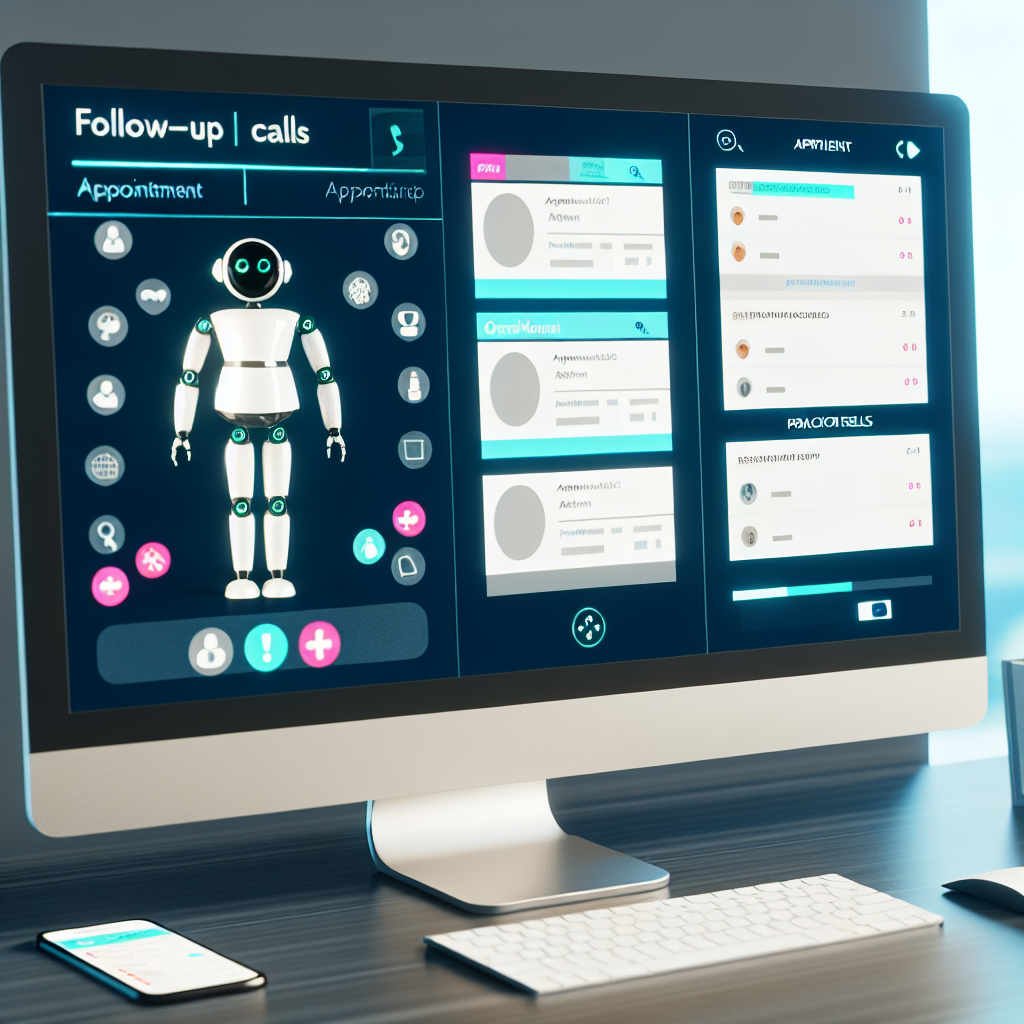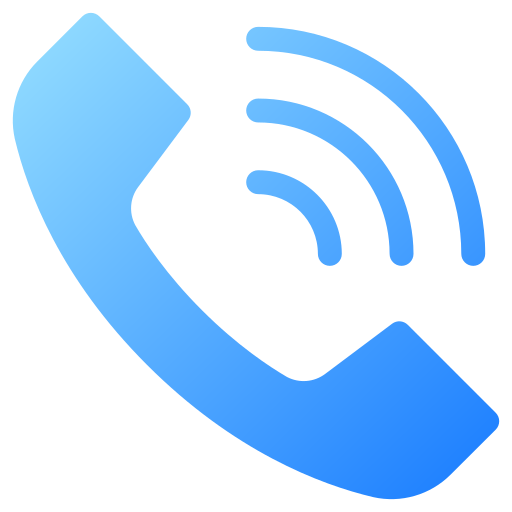Introduction
In recent years, the telemedicine landscape has undergone a significant transformation, driven by advancements in technology and the increasing demand for accessible healthcare. One of the most impactful innovations in this field is the implementation of automated follow-up calls. Automated follow-up calls enable healthcare providers to streamline communication, enhance patient experience, and optimize operational efficiency. This article will explore the best use cases for automated follow-up calls in telemedicine, focusing on appointment scheduling, patient follow-ups, and prescription refills.
Appointment Scheduling
Appointment scheduling stands as one of the critical areas where automated follow-up calls can significantly improve the patient experience and operational efficiency. Traditionally, scheduling an appointment often involves back-and-forth communication, leading to delays and inefficiencies. Automated follow-up calls can effectively resolve these issues by streamlining the process.
Firstly, automated calls can serve as reminders for upcoming appointments. By sending reminders 24-48 hours before the scheduled time, healthcare providers can reduce the incidence of no-show appointments, which can strain resources. When patients receive automated reminders, they are less likely to forget their appointments, leading to better continuity of care.
Moreover, automated follow-up calls can facilitate rescheduling for patients who need to change their appointment times. After the initial reminder call, patients can be prompted to confirm their upcoming appointments or choose to reschedule if necessary. This convenience empowers patients while simultaneously optimizing the provider’s schedule.
Additionally, this technology can also allow for the collection of vital pre-appointment information. During the follow-up call, patients can be asked relevant health questions, ensuring that healthcare providers have necessary information before the appointment. This proactive approach not only enhances patient preparation but also improves the quality of care delivered.
Patient Follow-Ups
Another essential application for automated follow-up calls in telemedicine lies in patient follow-ups. After an appointment or a medical procedure, it is crucial for healthcare providers to ensure that patients are recovering well and adhering to treatment plans. Automated follow-up calls can facilitate these interactions efficiently.
Through automated systems, healthcare providers can check in with patients post-appointment to assess their health status and gather feedback regarding the care received. These calls can include simple, structured questions regarding symptoms, adherence to post-treatment guidelines, and overall satisfaction with the service. Such follow-ups can actively engage patients in their health management and promote better health outcomes.
Moreover, automated follow-up calls can serve as a vehicle for educational reinforcement. After a consultation, patients might have questions or need clarification on treatment protocols. By initiating follow-up calls, providers can address patients’ concerns and ensure that patients fully understand the care process. This educational aspect of follow-up calls fosters patient confidence and encourages proactive health management.
To further enhance the experience, follow-up calls can be personalized based on patient data. For instance, if a patient is prescribed medication, the automated system can tailor questions specifically related to their treatment regimen. Such focused interactions can significantly improve adherence and minimize potential health complications.
Prescription Refills
In the realm of prescription management, automated follow-up calls provide a significant opportunity to enhance patient care and streamline pharmacy operations. Patients often face challenges in managing their prescriptions, which can lead to gaps in treatment and negatively impact their health outcomes. Automated calls can bridge this gap by providing timely reminders and supporting prescription refills.
One of the primary functions of automated follow-up calls in this context is to remind patients when it is time to refill their prescriptions. For chronic conditions that necessitate regular medication, timely reminders can ensure that patients do not run out of essential drugs. This proactive approach not only aids patient compliance but also supports the continuity of care necessary for managing chronic illnesses.
Additionally, these calls can facilitate the prescription refill process. By automating the refill requests, healthcare providers can significantly reduce the burden on their administrative staff and enhance patient satisfaction. For instance, if a patient receives a reminder to refill their prescription, the automated system can provide options for the patient to request a refill directly during the call. This seamless integration of communication saves time for both patients and healthcare providers.
Furthermore, automated follow-up calls can also help monitor medication side effects and interactions. By asking patients specific questions about their experiences with medications during follow-up calls, healthcare providers can detect potential issues early on and make necessary adjustments to treatment plans. This additional layer of safety is paramount in ensuring that patients do not experience adverse effects that can arise from improper medication management.
Conclusion
The advent of automated follow-up calls in telemedicine represents a significant stride toward improving patient care and operational efficiency. By utilizing this technology effectively, healthcare providers can enhance appointment scheduling, streamline patient follow-ups, and optimize prescription refill processes. Each of these applications addresses critical challenges faced in the healthcare system, ultimately leading to better patient outcomes and increased satisfaction.
As telemedicine continues to evolve, it will be crucial for providers to embrace innovative solutions like automated follow-up calls. The integration of such technologies ensures that patients remain engaged in their healthcare journeys, allowing for personalized and responsive care. In conclusion, the best usage cases for automated follow-up calls reflect a positive shift in the healthcare landscape, making quality care more accessible and manageable for patients while optimizing providers’ operations.

